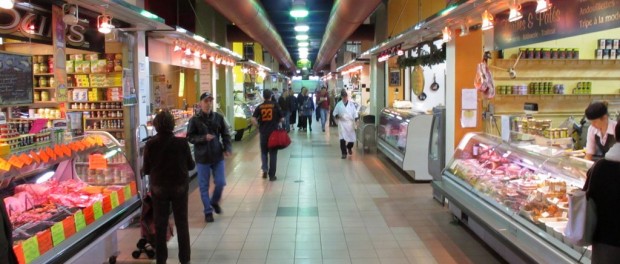My Montreal: Le Sud-Ouest & Other Quebec Curios
 Interior of the Atwater Market, one of the many things located around le Sud-Ouest's area. Credit: Anna Frodesiak/Wikimedia Commons.
Interior of the Atwater Market, one of the many things located around le Sud-Ouest's area. Credit: Anna Frodesiak/Wikimedia Commons.
Like all the places covered in our My Montreal series, Le Sud-Ouest has an important place in the history of Montreal. Its story is particularly interesting: composed of different cultural groups, Le Sud-Ouest was originally composed of about six different towns of mainly working class background located around the Lachine Canal. Through history, the mostly French-Canadian and Irish communities of the area merged and unmerged with each other, with the penultimate change happening with the reorganisation of Montreal in 2002, creating the borough of Le Sud-Ouest.
Le Sud-Ouest has a population of about 72 000 according to the last census. 58% of its inhabitants can speak both English and French, while 29% can only speak French and 11% can speak only English. About a quarter of the inhabitants in this borough have a recent tie to immigration, with almost three fifths being a third generation immigrant. People who have ties with immigration tend to come from China, Bangladesh, France, and Italy. Given the countries of origin, it is not surprising to note that there are a large number of Asian-Americans and East-Asians as visible minorities. Over half of the population identifies itself as Catholic, but there is a small (6%) part of Le Sud-Ouest’s inhabitants that follow Islam. Places of interest around the area include the Atwater Market, located on Notre Dame and, you guessed it, Atwater (find out more here). The Market is built on the Art Deco architectural tradition, including a clock tower designed by Ludger Lemieux that looks uncannily like a boxy version of the tower at the Université de Montréal.
Le Sud-Ouest counts Westmount and LaSalle as part of its numerous neighbours, to the northwest and the south respectively. Its federal electoral district is divided between Jeanne-Le Ber and LaSalle—Émard, while provincially it is one district: Saint-Henri–Sainte-Anne.





